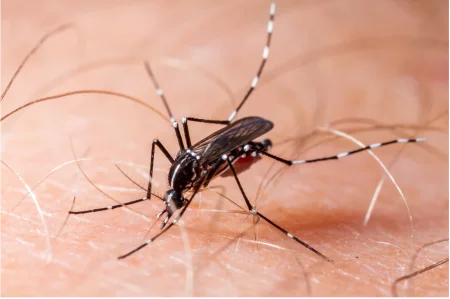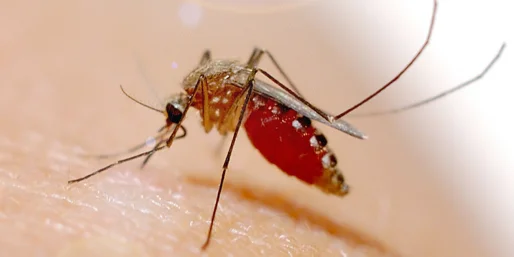Chikungunya

Chikungunya is a viral infection caused by the Chikungunya virus (CHIKV) and is primarily transmitted to humans through the bites of infected Aedes aegypti and Aedes albopictus mosquitoes. The disease is characterized by fever, rash, and severe joint pain, which can lead to a bent posture, as reflected in its name derived from the Makonde language, meaning “to bend.” While most individuals recover within a week, persistent joint pain and fatigue can affect quality of life for months. Mumbai’s hospitals CRID provide specialized care for Chikungunya, including symptom management and advice on preventing complications. Preventive measures, such as mosquito control and avoiding bites, are key to reducing transmission. Stay informed and seek prompt treatment for effective recovery.
What is Chikungunya?
Chikungunya is an infectious disease caused by the Chikungunya virus (CHIKV). Its transmission to humans predominantly occurs through the bites of infected mosquitoes, Aedes aegypti and Aedes albopictus. The name “Chikungunya” is derived from the Makonde language, meaning “to bend” or “to become contorted.” This is because most patients develop a bent posture due to painful joint pain.
However, most people recover from Chikungunya within seven days, while others continue to experience joint pain and other symptoms for months, really disrupting their quality of life. As Chikungunya is rarely fatal, the causes, signs, and preventive measures the disease can cause must be understood fully.
How Is Chikungunya Spread?

The spread of Chikungunya is through a mosquito biting an already infected person with the virus. This infected mosquito will then transmit the virus to other people by biting them. The cycle of transmission can escalate rapidly, especially in areas where mosquitoes are highly prevalent and people have not yet developed immunity to the virus.
Environmental conditions are one key attribute that has led to Chikungunya propagation. Warm weather and standing waters always provide an ideal condition to breed mosquitoes. Common cases of outbreaks have resulted directly from the rainy seasons characterized by water stagnating which is a common site, especially in areas. Through movements of travelers who went and returned from infected zones with the virus, causes outbreak in new areas with them.
How Common is Chikungunya?
- Fever :- Sudden high fever usually above 102°F (39°C).
- Joint Pain :- Severe pain in multiple joints, particularly hands, wrists, and ankles. This is often the most distressing symptom.
- Muscle Pain :- Generalized discomfort in the muscles.
- Headache :- Persistent headaches of varying intensity.
- Rash :- A rash that may appear on the trunk and limbs.
- Joint Swelling :- Inflammation in the joints, contributing to discomfort.
- Rest :- Let the body recover by resting properly
- Drink fluids :- Drink ample amount of water, herb teas, and broths to avoid dehydration.
- Pain Medication :- Over the counter medication like acetaminophen can be used to alleviate pain and fever. Avoid aspirin and other NSAIDs such as ibuprofen until dengue has been excluded as these could exacerbate the problem of bleeding.
Chikungunya was first a disease of Africa and Asia but quickly spread to more than 100 countries since the year 2000. This virus is now found in America, Europe, and large parts of the Indian and Pacific Oceans. Increases in global travel and rapid urbanization have made it easy to spread the virus.
The factors above are of concern to health organizations because they are on the rise. Most outbreaks happen during wet seasons when the mosquito population is at its peak, so the community needs to be educated and preventive measures taken to reduce the risk of transmission.
Chikungunya Symptoms
Symptoms of Chikungunya will develop within 3 to 7 days of being bitten by an infected mosquito. Some of the symptoms include:
Most patients recover in a week, but sometimes it could last for months or longer with joint pains. Populations that are prone to severe illness include newborns, older adults, and patients suffering from underlying conditions like diabetes and hypertension.
Treatment
Chikungunya has no specific treatment that can be applied but only symptomatic relief treatment while feeling uncomfortable. Some of the appropriate therapy methods are as follows:
For those who have been experiencing chronic joint pain, physical therapy can help get them to move and feel comfortable. With a healthcare professional, an appropriate treatment plan can then be created tailored for individual needs, thus making the recovery process much less painful.



